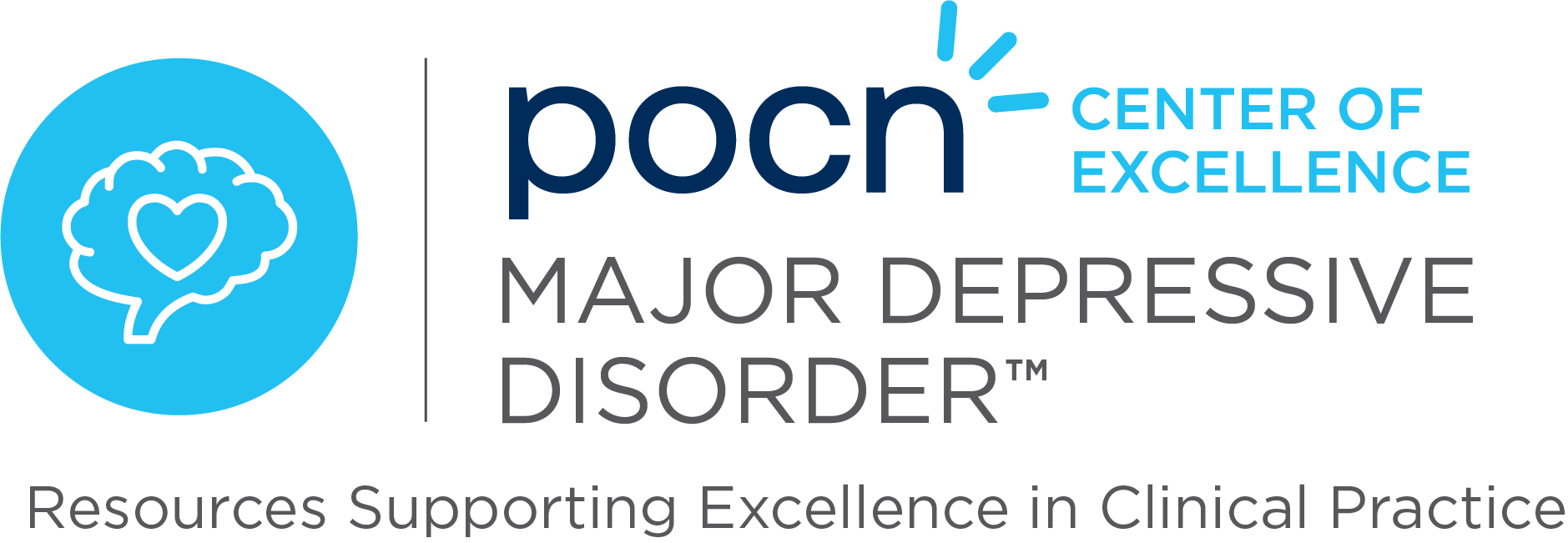This study revisits the economic impact of major depressive disorder (MDD) among US adults, building on 2010 data to present a more current evaluation. Utilizing the National Survey on Drug Use and Health, the study identifies an increase in the prevalence of MDD from 15.5 million to 17.5 million individuals over the eight-year period. This increase corresponds with a 37.9% rise in the economic burden from $236.6 billion to $326.2 billion, adjusted for 2020 values. Notably, the demographic shift toward a younger, increasingly employed population contributed to a significant rise in workplace-related costs, which jumped by 73.2% and became the dominant component of the overall costs.
The detailed analysis reveals a shift in cost distribution with direct costs decreasing from 47% to 35% of the total, while workplace costs increased from 48% to 61%. Suicide-related costs slightly decreased in proportion. The incremental direct cost per individual has declined, and the treatment rates have remained constant, highlighting persistent gaps in addressing MDD. The findings underscore the need for enhanced research into the treatment accessibility and effectiveness for MDD, particularly in how it is managed within the workplace and broader healthcare settings.
Reference: Greenberg PE, Fournier AA, Sisitsky T, et al. The Economic Burden of Adults with Major Depressive Disorder in the United States (2010 and 2018). Pharmacoeconomics. 2021;39(6):653-665. doi: 10.1007/s40273-021-01019-4.


